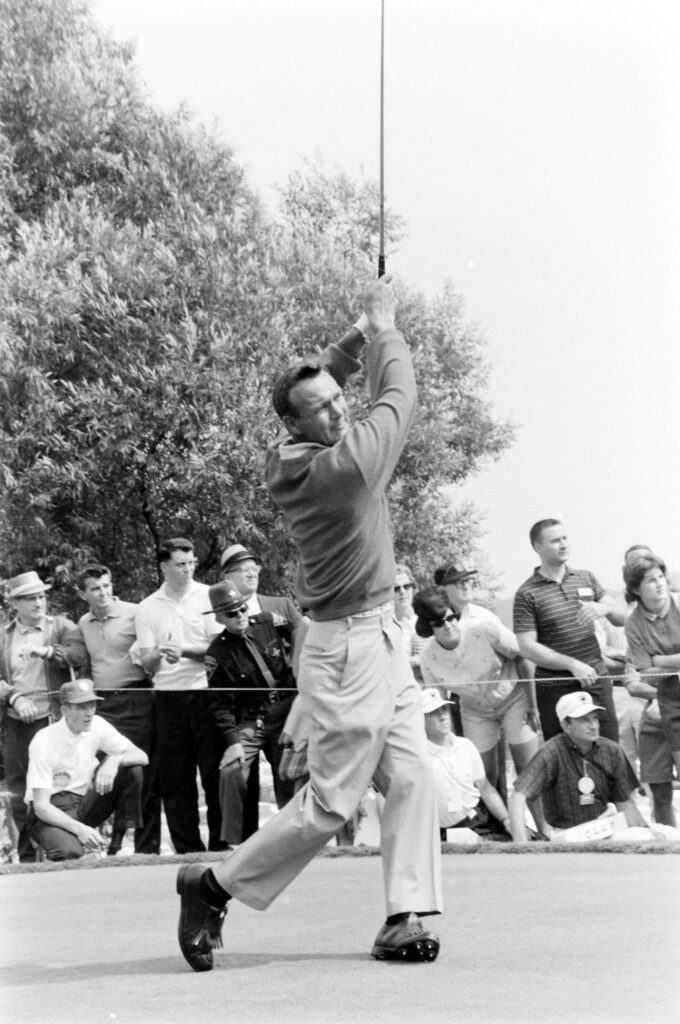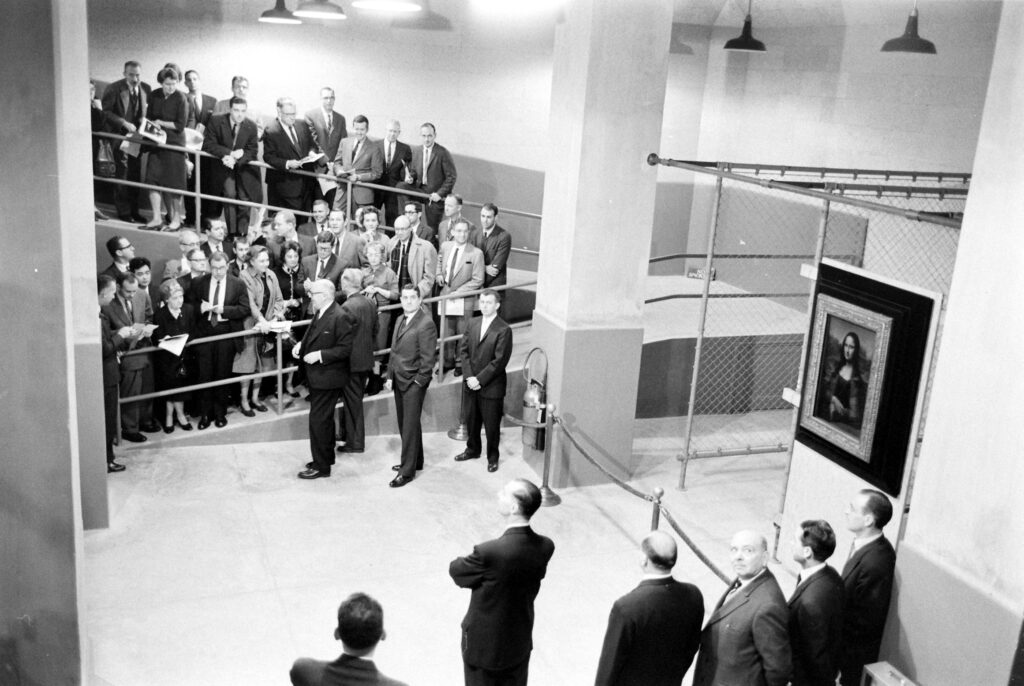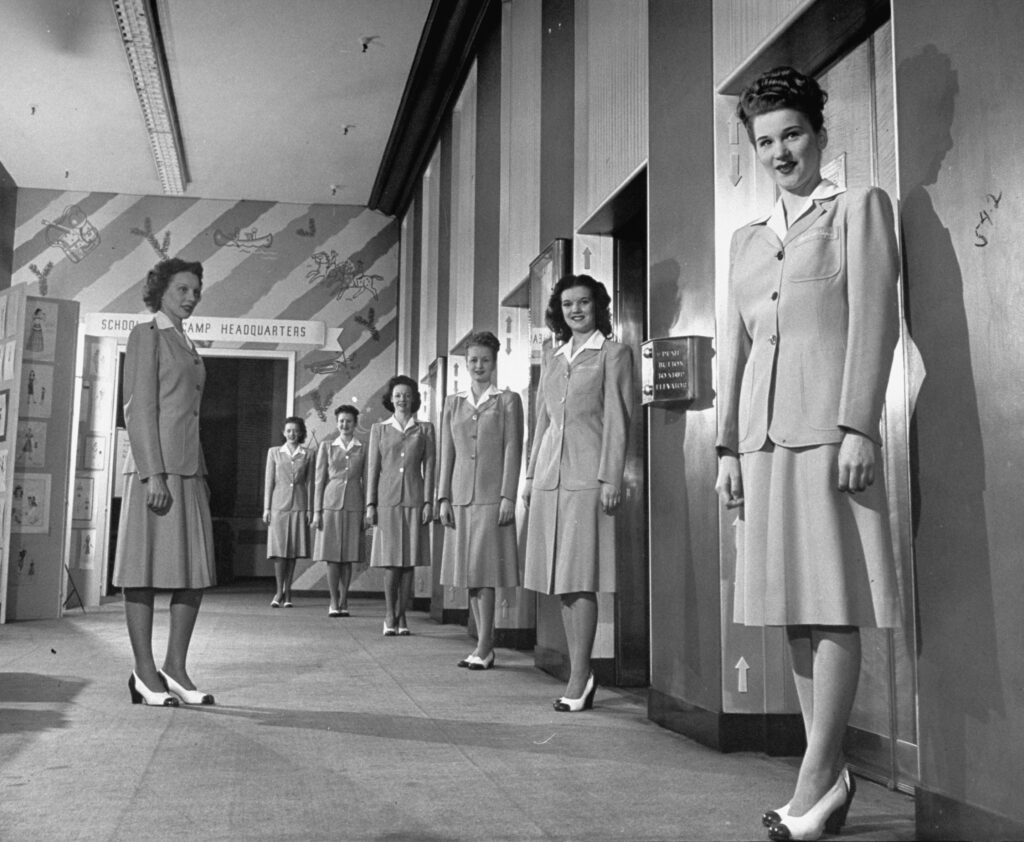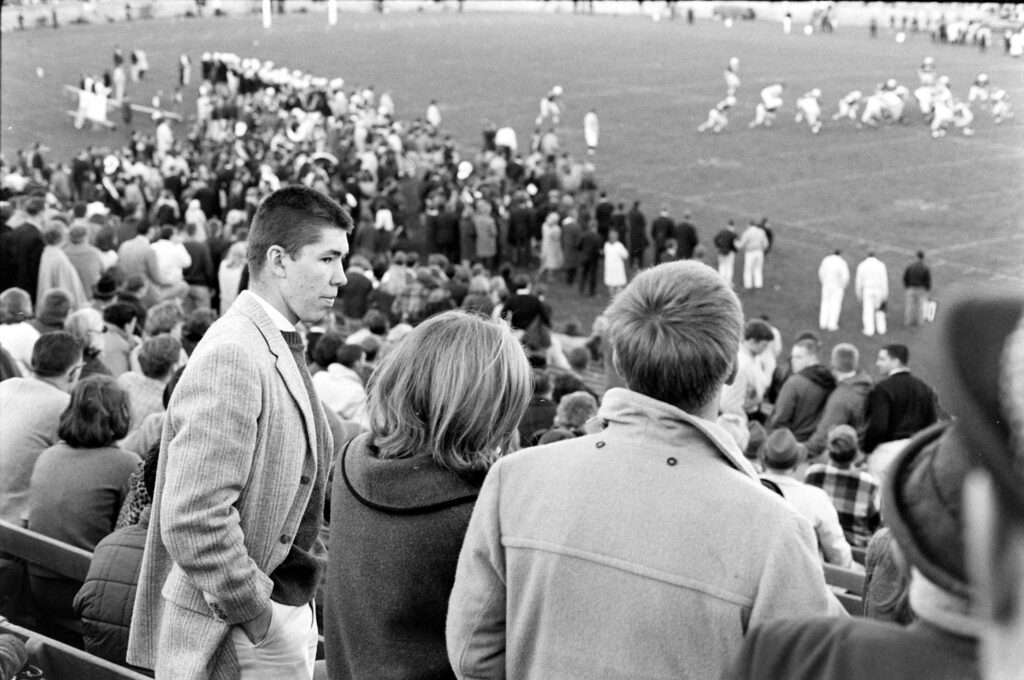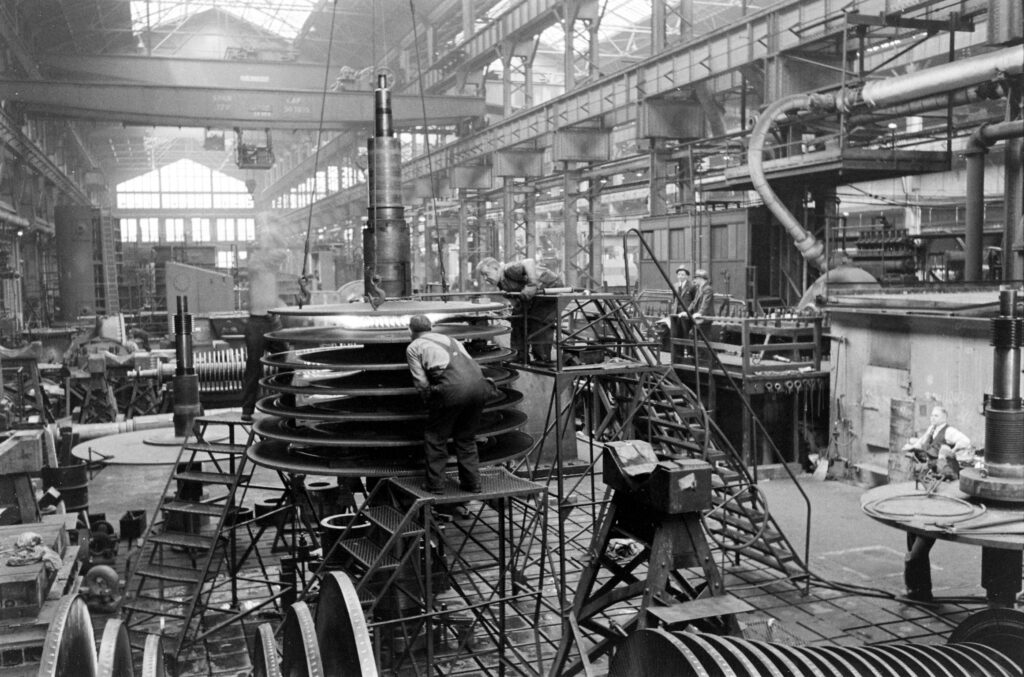In 1974 music critic Jon Landau went to a Bruce Springsteen live show and famously declared that he had seen the future of rock and roll. At that point Springsteen was two albums into his career and still in the process of building his audience. The next year Springsteen released Born to Run, which created so much of a sensation that the rocker appealed simultaneously on the covers of Time and Newsweek.
But it was not until the 1980s that Springsteen truly reached peak popularity. His 1984 album Born in the U.S.A dominated the charts with seven Top 10 singles and became Springsteen’s best-selling record. His concerts moved from arenas to stadiums. And for all the beloved music he wrote before and after Born in the U.S.A., that album is the source of three of Springsteen’s four most streamed songs on Spotify, including top hit “Dancing in the Dark”, which has nearly a billion streams.
This gallery of images captures Springsteen in those years after he had catapulted into the upper stratospheres of fame. Several of these images are among the most popular in LIFE’s print store, which is a tribute to how much his music continues to captivate audiences all these decades later. Besides the boss other notables who appear in the photos include Steven Van Zandt, who played guitar in Springstreen’s E Street Band and would later play Silvio Dante in The Sopranos; Patti Scialfa, who joined the E Street Band in 1984 and became Springsteen’s wife in 1991, and rock luminaries such as Mick Jagger and Billy Joel who shared the stage with Springsteen at various celebrity jams.
In 2025 fans can look forward to the movie Deliver Me From Nowhere, which stars Jeremy Allen White and will focus on the recording of Nebraska, a stripped-down solo acoustic album that Springsteen released in 1982. Some songs from those Nebraska sessions, recorded with the E Street Band, would become the core of Born in the U.S.A., turning up the noise on the music, and on Springsteen’s life as well.

Bruce Springsteen, 1984.
DMI

Bruce Springsteen, with saxophone player Clarence Clemons in the background, 1984.
DMI

Bruce Springsteen, 1984.
DMI

Bruce Springsteen, 1984.
DMI

Bruce Springsteen, 1985.
DMI

Bruce Springsteen, 1985.
DMI

Bruce Springsteen and Steven Van Zandt, 1989,
DMI

Bruce Springsteen, 1990.
DMI

Bruce Springsteen with Patti Scialfa, 1990.
DMI

Bruce Springsteen, with Steven Van Zandt and Patti Scialfa, 1990.
DMI

Bruce Springsteen, 1994.
DMI

Bruce Springsteen, circa 1990.
DMI

Bruce Springsteen and Mick Jagger, with Bob Dylan in the background), performed at the 1988 Rock & Roll Hall of Fame induction ceremonies.
DMI

Billly Joel, Jon Bon Jovi, Elton John, Sting and Bruce Springsteen performed during a rainforest benefit at Carnegie hall in New York City, 1994.
DMI

Bruce Springsteen, 1990.
DMI




























